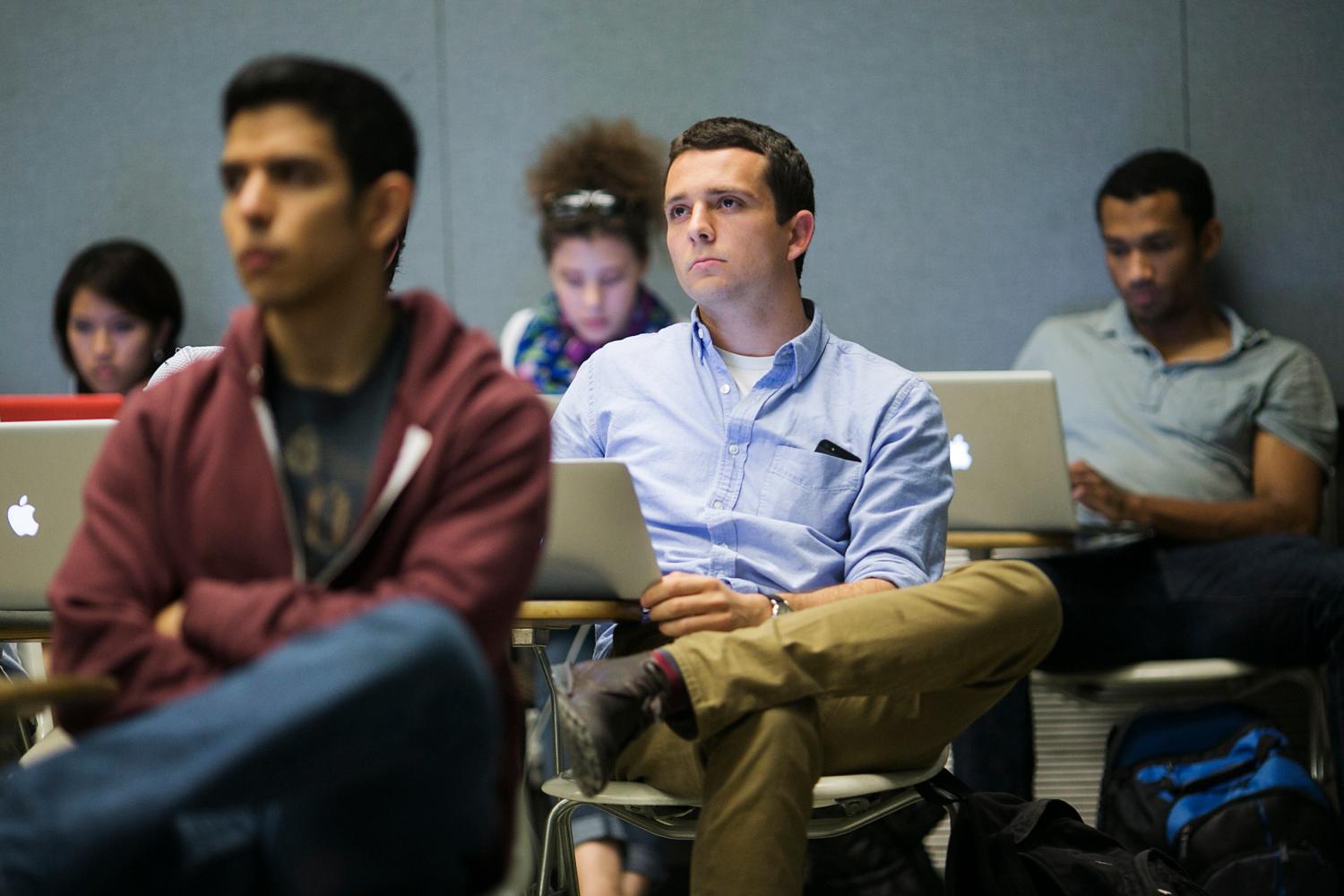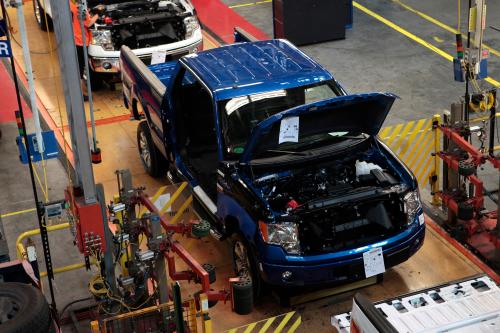Executive Summary
Employment of Americans in middle-wage jobs has been declining, due to trends both in employer demand
and worker skill attainment. Workforce development in the US now mostly occurs in community and forprofit
colleges, as well as the lower-tier of 4-year colleges. Enrollment rates are high, even among the
disadvantaged, but completion rates are very low and earnings are uneven for graduates. Community
colleges lack not only resources but also incentives to respond to the job market (while the for-profit colleges
need stronger regulation). Sectoral training and career pathway models show promise but need scaling and
maintenance of quality, and employers also need greater incentives to participate and create more good jobs.
Three sets of policies should help address these problems:
- Providing more resources to community (and
lower-tier 4-year) colleges but also creating incentives and accountability by basing state subsidies on student
completion rates and earnings of graduates; - Expanding high-quality career and technical education plus
work-based learning models like apprenticeship; and - Assisting and incentivizing employers to create more
good jobs. Other supportive policies—including higher minimum wages, paid parental leave, and labor law
reform—would help as well. Together these proposals should create more good jobs and more good workers
to fill them.




